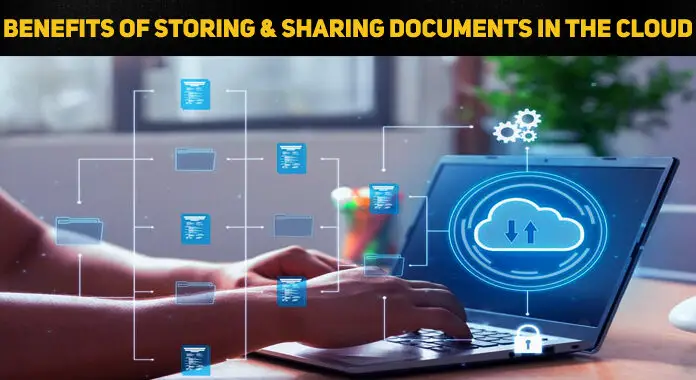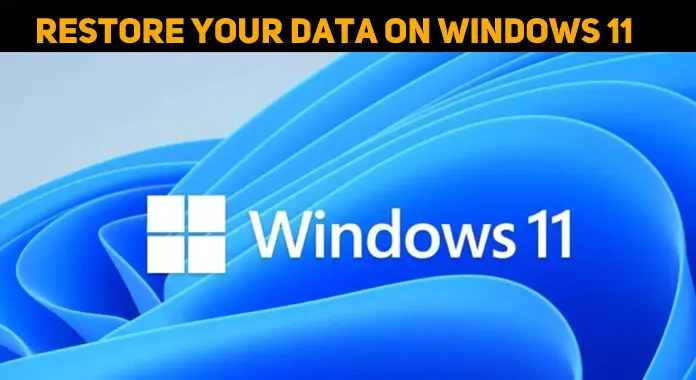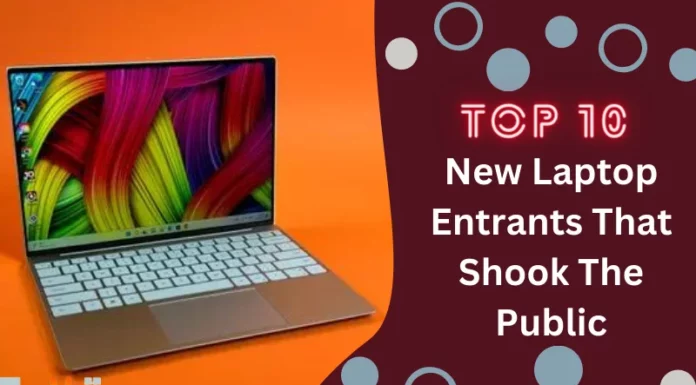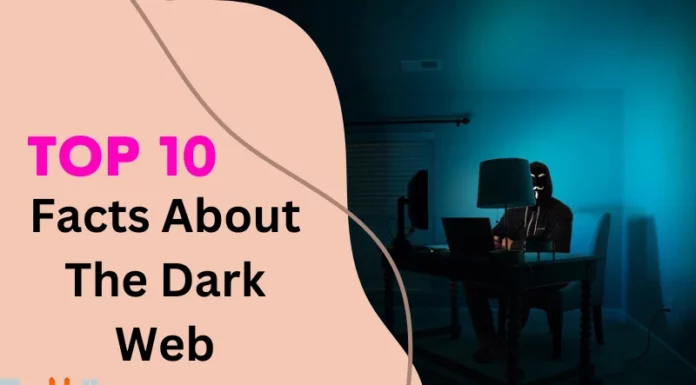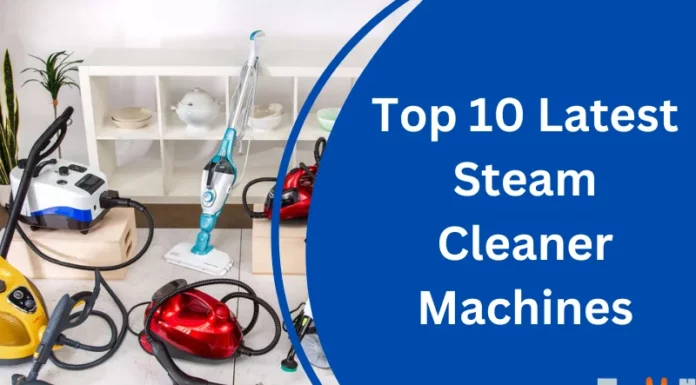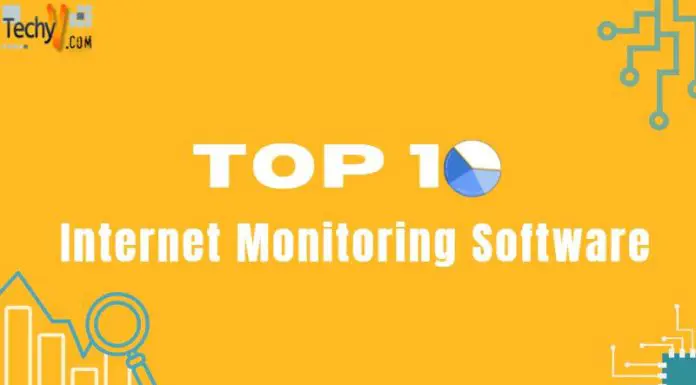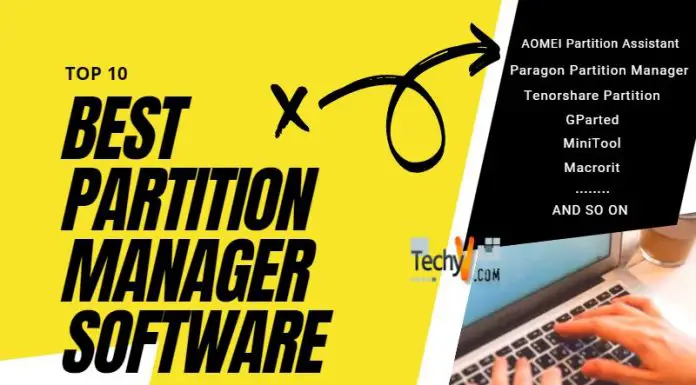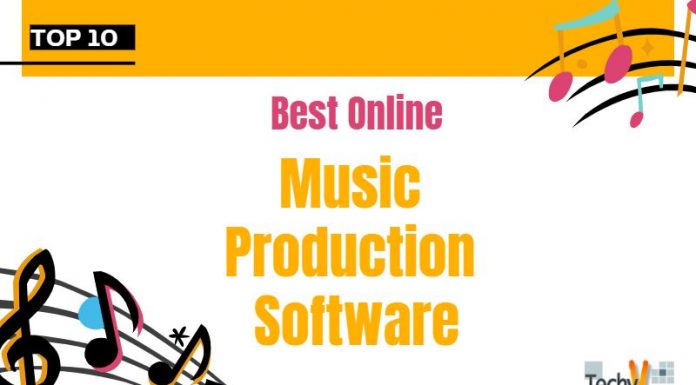Asked By
Kayla Diaz
10 points
N/A
Posted on - 04/06/2012
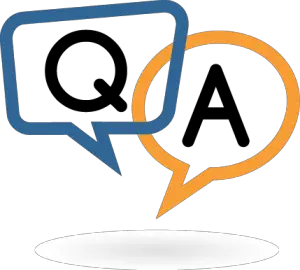
What is the rRRelationship of JSP specification to the java 2 Platform, Enterprise Edition? Please tell me your ideas. Thanks!
Elationship of JSP specification to the java 2 Platform

Kayla, your question is a good one, in this case the JSP 2.1 specification is an important part of the Java 2 Platform. Using JSP and Enterprise JavaBeans technologies together is a great way to implement distributed enterprise applications with web-based front ends. The JSP develops the Java 2 Platform and the Enterprise Edition
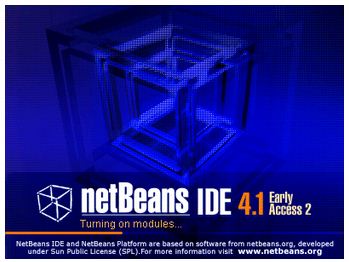
The Java softwares work together to provide a good running of the web script.
I hope this solves your query.
Thanks
Elationship of JSP specification to the java 2 Platform

Hi Kayla,
J2EE or Java Enterprise Editions is a very big package which includes may technologies and components like
-
Enterprise JavaBeans (EJB)
-
Java Servlets
-
JavaServer Pages (JSP)
-
Java Naming Directory Interface (JNDI)
-
Java Database Connectivity (JDBC)
-
Java Message Service (JMS)
-
Java Transaction API (JTA)
-
Java API for XML (JAXP)
-
J2EE Connector API
-
Java Authentication and Authorization Service (JAAS)
-
Remote Method Invocation (RMI) and more.
(Follow this link for a detailed overview of J2EE architecture: http://www.informit.com/articles/article.aspx?p=28706)
And as you can see clearly Sun corporation's Java Server Pages (JSP) are the solution to the generation of dynamic HTML. With JSPs, you can generate HTML on the fly, which is very important in providing a frontend or web-based access to Java applications.
(Learn more about the use of JSP technology in J2EE platform: http://www.oracle.com/technetwork/java/javaee/jsp/index.html)
JSP specification is without doubt a must concerned factor in J2EE. You can achieve a great deal with a servlet/JSP engine, servlet/JSPs, and JDBC. (Learn more about JSP specification:
http://download.oracle.com/otndocs/jcp/jsp-2.0-fr-oth-JSpec/
Here is how JSP works in a J2EE application.
A simple J2EE application, when a customer visits the JSP embedded web page. The request will be sent to the web server, then passed to the JSP and Servlet engine. The JSP code will then be processed, a search will be done on the database. The results of database search will then return to the JSP page. The JSP page finally generates a page (HTML) with the required data and sends it back to the Customer.
Hope your doubts were cleared by this.






